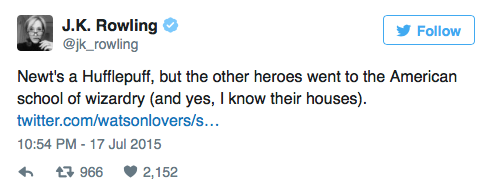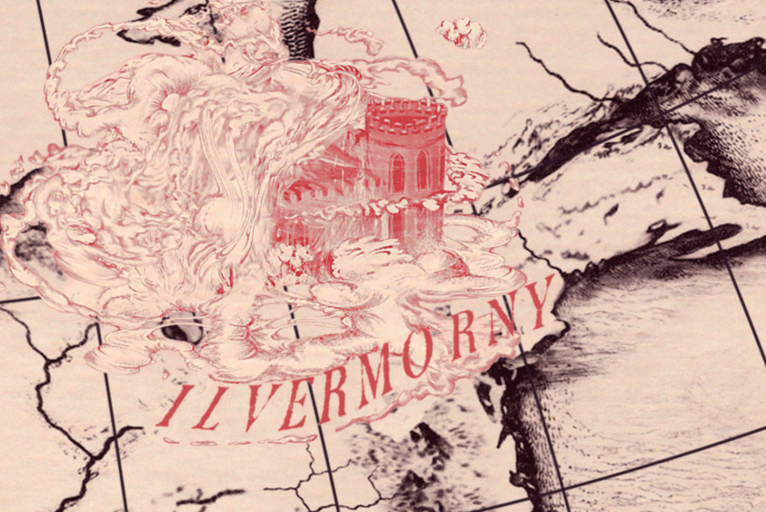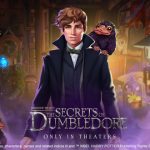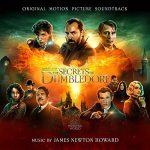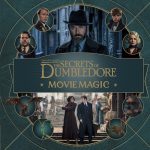RUMOUR: Names of Houses in ‘Fantastic Beasts’ Wizarding School Leaked?
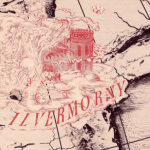
May 08, 2016
Fantastic Beasts Movie, News, Pottermore, Rumor
Ilvermorny – the North American wizarding school revealed at A Celebration of Harry Potter by Evanna Lynch (Luna Lovegood) and set to feature in Fantastic Beasts – may have had its house names leaked!
Currently the Pottermore page for the school just says a huge ‘Coming Soon…’
We know there are houses, but we just don’t know the names yet!
However, a Reddit user (TigerC10) scoured the source code of Pottermore’s Ilvermorny page, and seems to have found codes for an Ilvermorny sorting ceremony, asking:
“Where do you belong? Horned Serpent, Wampus, Thunderbird or Pukwudgie…”
![]()
Could these be the biggest North American Wizarding school’s house names???
The names seem to suggest a connection to Native American folklore, and to ancient magical beasts in North America:
The Horned Serpent features in native american folklore, and usually symbolises a benevolent creature, associated with rain and water, a guardian of life and a bringer of wisdom and healing.
A Wampus cat is a creature described as a fearsome variation of a cougar in Native American folklore, and is described in the North American History of Magic lessons as ‘a magical cat’ native to the US. Johannes Jonker – a famous wandmaker in the USA – used wampus cat hair as a wand core in the early 20th century, according to Pottermore’s History of Magic lesson on 1920’s America:
“Johannes Jonker, a Muggle-born wizard whose No-Maj father was an accomplished cabinet maker, turned himself into an accomplished wandmaker. His wands were highly sought after and instantly recognisable, as they were usually inlaid with mother-of-pearl. After experimenting with many cores, Jonker’s preferred magical material was hair of the Wampus cat.”
A Thunderbird is also a Native American symbol. An enormous sacred bird, responsible for the sound of thunder. J.K. Rowling also wrote that another of the four major American wand makers used Thunderbird feathers in their wands, due to the bird being extremely powerful in its magical capabilities (as it’s closely related to the phoenix in these stories!)”
“Shikoba Wolfe, who was of Choctaw descent, was primarily famous for intricately carved wands containing Thunderbird tail feathers (the Thunderbird is a magical American bird closely related to the phoenix). Wolfe wands were generally held to be extremely powerful, though difficult to master. They were particularly prized by Transfigurers.”
A Pukwudgie is also a 2-3ft tall malicious troll-like being from Wampanoag Native American folklore. They have great magical abilities – the ability to appear and disappear at will, transform and create fire at will.
EDIT: It’s also possible that these could be the names of wand cores, or house mascots – who knows!
We can see from the map of the schools that llvermorny is a castle located on on the East Coast of the United States, around the new New York area, but we can’t currently see anything else.
We know from the second History of Magic in North America lesson that Ilvermorny started of small in the 17th Century, around the time of the first British invasion:
“Ilvermorny School of Witchcraft and Wizardry, which would one day rank among the greatest magical establishments in the world, was at that time no more than a rough shack containing two teachers and two students.”
The 18th Century President of MACUSA (Emily Rappaport) kept the no-maj and magical communities separate to protect one another using various protection and concealment charms. However, the secrets of Ilvermorny (and MACUSA) were betrayed by Dorcus Twelvetrees, to a no-maj named Bartholomew Barebone, who believed that all witches and wizards were evil. This was one of the greatest breaches of the International Statute of Secrecy, and led to the Rappaport Law being enacted in 1790. This drove the North American Wizarding community even deeper underground, banning unnecessary interactions with no-maj’s, as well as increasing divides between American and European wizards. J.K. Rowling told us about these in the third History of Magic lesson, on the 18th Century.
What do you think? House names or mascots, or just a rumour?
Read up on what we know about the other schools here!
